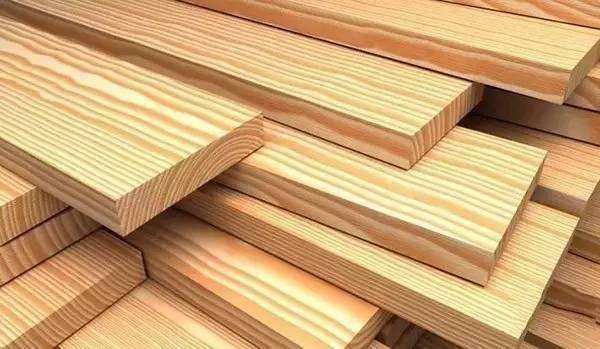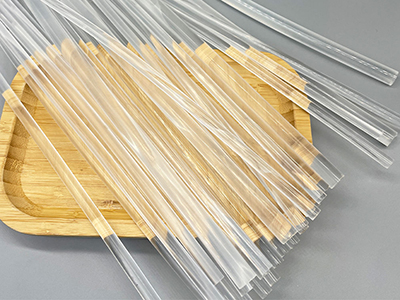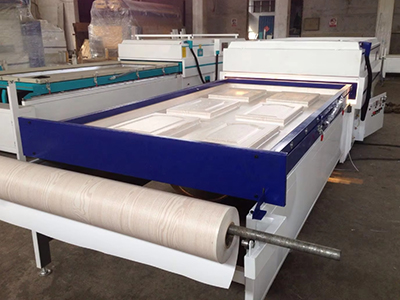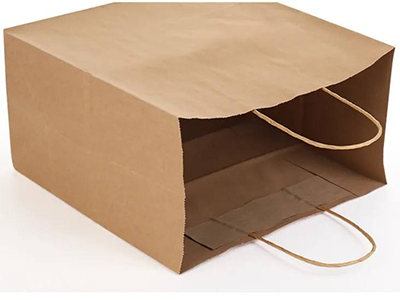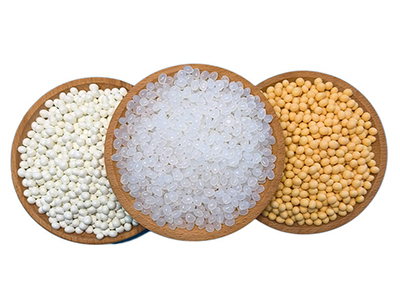What are the types of wood adhesives
Classification by raw material source of adhesive
Can be divided into natural adhesives and synthetic adhesives
Classification according to the physical state of the glue heated
It can be divided into thermosetting adhesives (liquid at room temperature, solidified and cured when heated), thermoplastic adhesives (solid at normal temperature, fluid when heated) and hot-melt adhesives (solid, heated to melt, cooled to solidify)
Classification by water resistance
It can be divided into water-resistant glue (such as phenolic resin glue), general water-resistant glue (such as blood glue) and non-water-resistant glue (such as polyvinyl acetate emulsion glue, etc.).
natural adhesive
Including: ① starch. ②Protein glue. Among them, animal protein glue includes bone glue, skin glue, fish (fat) glue, blood glue made from soluble blood protein and casein glue made from casein in animal milk. Vegetable protein gums include soybean gum and peanut gum. ③ natural rubber. ④Inorganic adhesive. Including sodium silicate, magnesium oxychloride, cement, etc.
synthetic adhesive
There are: ① thermosetting resin, including phenolic resin glue, resorcinol, epoxy resin, furan resin and amino resin glue (including urea formaldehyde, melamine formaldehyde). ② thermoplastic resin glue. Including polyvinyl acetate, polyacrylate, alkyd, polyvinyl alcohol, etc. ③Synthetic rubber, including neoprene, nitrile rubber, etc.
In addition, there are corresponding new varieties adopted with the development of new wood processing technology, which are described as follows:
soy gum
It is made by crushing soybean meal into 100-300 mesh soybean meal. Its protein content is 40 to 50%. Soybean protein is a globular protein, and its protein molecule contains polar genes, which are combined into hydrogen bonds inside the molecule to make the molecule into a helix. When making glue, a small amount of sodium hydroxide solution should be added to destroy its hydrogen bonds, so that the protein molecules have free polarity genes and are dispersed in water. When the water in the glue layer evaporates, it will be glued. Adding water glass can control the viscosity of the glue and prolong the usable time of the glue. Adding calcium hydroxide to make it react with the protein to become an irreversible substance can improve the water resistance of the glue. Mixing styrene-butadiene or nitrile-butadiene emulsion with soybean gum can obtain a water-resistant, viscous and tough adhesive layer, and can shorten the pressing time. Soybean gum is mainly used for cold-pressed veneers with a moisture content of 15-20%.
blood glue
The protein content in animal blood is the highest in pig and bovine blood, which can reach 17-18%. During slaughter, the blood is stirred to remove the serum protein and globulin remaining after the fibrin is removed, and it is spray-dried into powder for sale, or it can be directly mixed with fresh blood. Blood meal is divided into soluble grade (80-95% soluble), partially soluble grade (15-80%) and insoluble grade (below 15%) due to different drying conditions, the latter can only be used as fertilizer. Adding alkali can make rubber with 10-30% solid content. Blood glue has better water resistance than soybean glue, but has a darker color. It can be used for cold pressing and hot pressing.
protein glue
It can be modified with crosslinking agent to improve its water resistance. Various protein raw materials can be used as fillers for synthetic resin glue to improve the toughness of the glue layer.
WinLong is a wood adhesive manufacturers, if you would like to learn more, please contact the adhesive experts at internetwoodglue.com. We have served customers in dozens of industries and can meet all your adhesive needs


